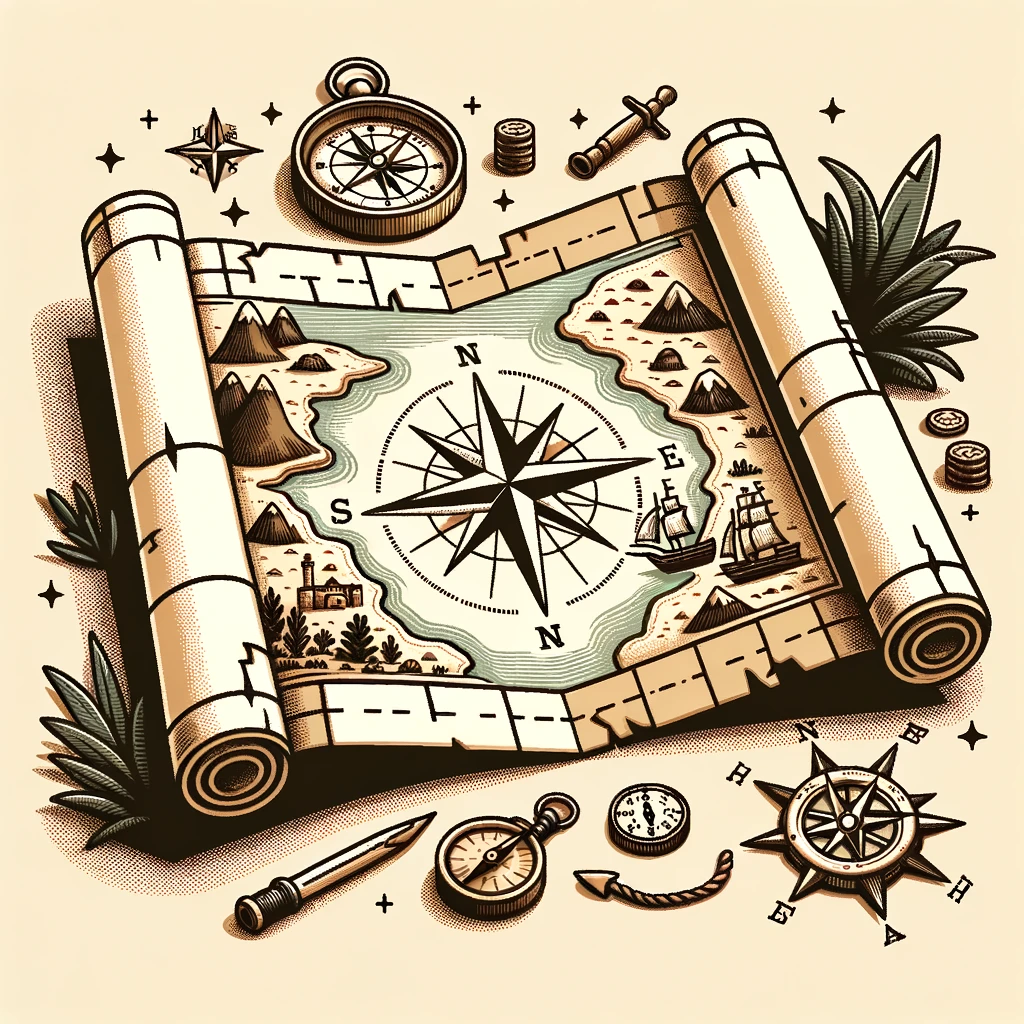Explorations in AI-driven Wildlife Conservation Efforts
The symbiosis between technology and nature has taken a striking leap forward, thanks to the **advent of Artificial Intelligence (AI) in wildlife conservation efforts**. In our rapidly changing world, where biodiversity faces critical threats, AI emerges as a beacon of hope, transforming strategies for protecting our planet’s vanishing species. By leveraging AI’s analytical prowess, conservationists can capture vast amounts of data, gain insights, and implement actions more intelligently and efficiently than ever before.
Key AI Tools Revolutionizing Wildlife Conservation
AI is reshaping conservation methodologies through a plethora of tools and technologies. Below, we explore some of the most groundbreaking AI applications that are becoming indispensable in preserving biodiversity:
Species Identification: AI algorithms are crucial in parsing through endless hours of camera trap footage to **identify species** automatically. This allows researchers to gather information about population dynamics without the burden of manual tagging.
Predictive Modeling: Machine learning models analyze patterns and predict animal movements, helping conservationists devise strategies to avert potential **human-wildlife conflicts** or anticipate migration routes.
Poaching Prevention: Leveraging predictive algorithms, AI provides real-time alerts for potential poaching activities, directing rangers to high-risk areas efficiently.
The Impact of AI on Conservation Success Rates
Evidence suggests that the integration of AI technology has not only **accelerated conservation efforts** but also substantially increased their success rates. Here’s a closer look at how AI has influenced conservation dynamics:
A significant boost in conservation effectiveness following the implementation of AI technologies.
In many regions, **poaching rates have dropped** by over 50% where AI surveillance is active. Furthermore, species identification efforts have seen accuracy skyrocket to nearly 95%, minimizing human error and enabling more precise population monitoring. These figures underscore AI’s vast potential in advancing conservation biology to unprecedented heights.
Challenges and Opportunities Ahead
Despite its promises, the deployment of AI in wildlife conservation is not without its challenges. Ethical considerations, technological limitations, and potential *biases in algorithmic data processing* remain pressing concerns. However, with these challenges come opportunities for innovation and improvement. Key challenges include:
Data Privacy: As AI systems collect massive datasets, ensuring privacy and ethical use of information is paramount.
Algorithm Bias: It’s crucial to develop unbiased AI models to avert inaccuracies that could misguide conservation efforts.
Technical Accessibility: Bridging the gap between high-tech tools and on-ground implementation in remote or resource-limited areas remains a critical task.
As AI continues to evolve, its role in conservation is poised for monumental growth. The potential for **integrated conservation solutions** that leverage AI across multiple areas is enormous and opens a realm of possibilities for synergistic advancements.
The Future of AI in Wildlife Conservation
As we look towards the future, there is immense potential for deeper integration of AI with other emerging technologies. Combining AI with **remote sensing, satellite data, and IoT devices** could revolutionize approaches to wildlife conservation.
Advanced AI Applications in **Wildlife Conservation**
Building upon the foundations laid in the initial stages of AI deployment, the field has **diversified its application instruments** to manage various threats to wildlife with innovative approaches. These advancements go beyond **data collection and analysis**, offering tools that actively contribute to conservation efforts.
AI-Driven Wildlife Monitoring
**AI algorithms** have been honed to monitor wildlife with unprecedented precision, ensuring researchers can observe animal behavior without causing disturbance.
Camera Traps and Image Recognition: By employing sophisticated image recognition technology, AI can process thousands of images from camera traps **in real-time**, detecting specific animals, even identifying individual creatures within a species.
Acoustic Monitoring: Advanced sound processing techniques enable AI systems to identify animal calls and other natural sounds, creating a **soundscape map** of ecosystems. This aural data is instrumental in understanding species presence and biodiversity levels.
Predictive Intelligence for Wildlife Threats
Through **machine learning**, AI systems can now predict potential threats before they occur, such as poaching incidents or harmful environmental changes, fostering rapid response mechanisms.
Anti-Poaching Intelligence
**Predictive analytics** and pattern recognition algorithms assess data from multiple sources, such as ranger patrol paths and previous poaching locations, to anticipate illegal activities.
Environmental Changes
AI-driven models predict variations in **climate patterns and habitat conditions**, enabling proactive measures to protect vulnerable species from impending threats.
Satellite Imagery Enhanced Conservation
Satellite technology, enhanced by AI, provides a comprehensive view of ecosystems globally, offering insights into **habitat degradation, land use changes**, and more.
Land Cover Change Detection: AI analyzes satellite images to determine changes in land cover, crucial for managing and **mitigating habitat loss**.
Carbon Stock Monitoring: AI-powered satellite assessments monitor regions for carbon stock levels, vital in tackling climate change and its impact on biodiversity.
Future Prospects and Challenges
The potential of AI in wildlife conservation is immense, with prospects for developing more **integrated ecosystem management systems** and even employing AI-driven drones for wider habitat surveillance. However, challenges such as data privacy, the need for proper infrastructure, and ethical considerations regarding AI deployment remain.
Exploring the possibilities of AI in enhancing wildlife conservation efforts globally.
Harnessing AI for Future Conservation Triumphs
As we traverse this digital frontier, the synergy between artificial intelligence (AI) and wildlife conservation continues to evolve, promising transformative impacts. Leveraging the enormous capabilities of AI, scientists and conservationists are crafting innovative strategies to address both existing and emerging challenges in wildlife preservation.
AI-Powered Data Analysis
With the incalculable volume of data being generated every day from various sources like drones, camera traps, and satellites, AI’s role in data processing becomes indispensable. Machine learning algorithms can sift through this data with unprecedented speed and accuracy, identifying patterns and anomalies that human eyes might miss. The insights drawn from these analyses empower organizations to make data-driven decisions, enhancing the effectiveness of conservation strategies.
Pattern Detection: Identifying migratory patterns and habitat preferences to focus conservation efforts where they are most needed.
Real-Time Monitoring: Using AI to process live feeds from remote cameras and drones, providing immediate alerts on poaching activities or ecological disturbances.
Predictive Analytics: Forecasting potential threats to biodiversity based on current and historical data trends.
AI in Community Engagement
Beyond its technical applications, AI can play a pivotal role in community engagement and education. By providing interactive and immersive experiences, AI technologies can help cultivate a deeper understanding and empathy for wildlife conservation efforts among the public.
A few examples include:
Virtual Reality (VR) Experiences
Utilizing VR to transport users to the heart of endangered ecosystems, highlighting the significance of sustaining biodiversity.
AI-Driven Educational Programs
Interactive programs tailor-made to teach different age groups the importance of wildlife conservation and sustainable practices.
Challenges and Ethical Considerations
Despite its potential, deploying AI in conservation is fraught with challenges. The ethical considerations, particularly around surveillance and data security, cannot be overlooked. Ensuring the protection of sensitive ecological data from misuse and addressing privacy concerns are paramount in maintaining public trust and safeguarding endangered species.
Conclusion
The future of wildlife conservation depends not only on leveraging cutting-edge technologies but also on crafting holistic, ethical strategies that inclusively address the needs of all stakeholders. AI stands as a powerful ally, not just for those on the front lines of conservation but for our global community’s sustained efforts to cherish and protect Earth’s biodiversity.
Summary Action Items
To ensure the robust implementation of AI in wildlife conservation, it is crucial to:
Invest in capacity building for conservationists to operate AI technologies effectively.
Prioritize ethical guidelines in the development and deployment of AI solutions.
Enhance collaboration between tech developers, conservationists, and local communities.
Continuously monitor and evaluate AI outcomes to adapt and improve conservation strategies.
Foster public engagement and education to sustain interest and support for wildlife initiatives.




